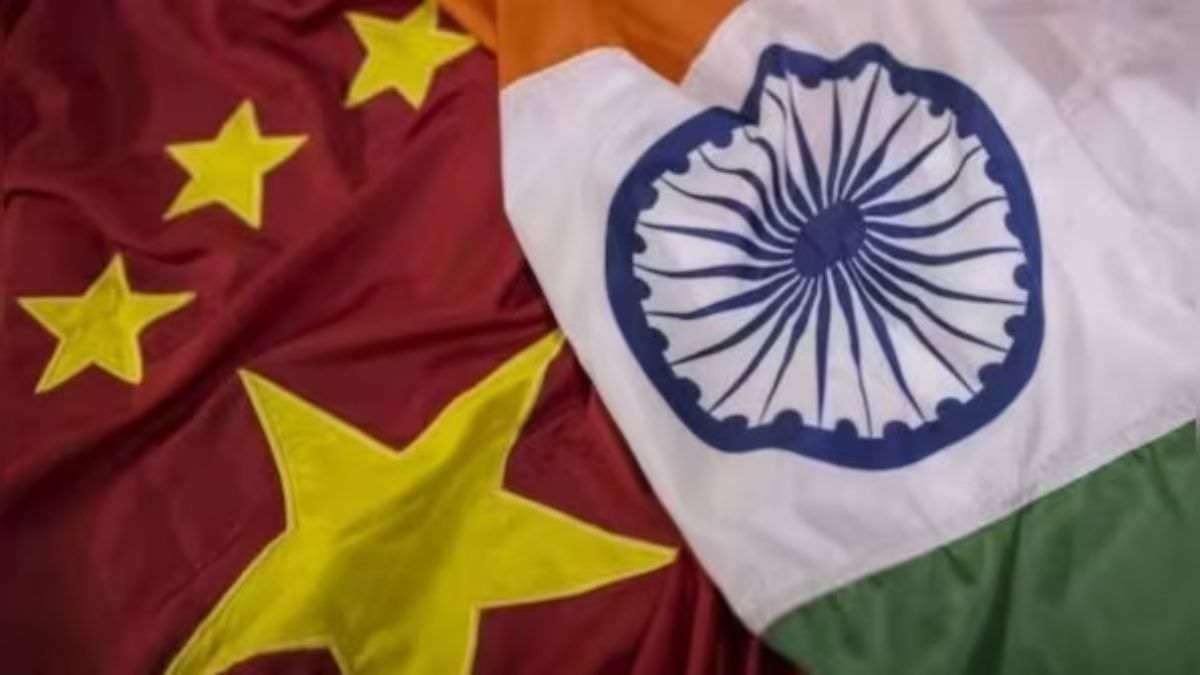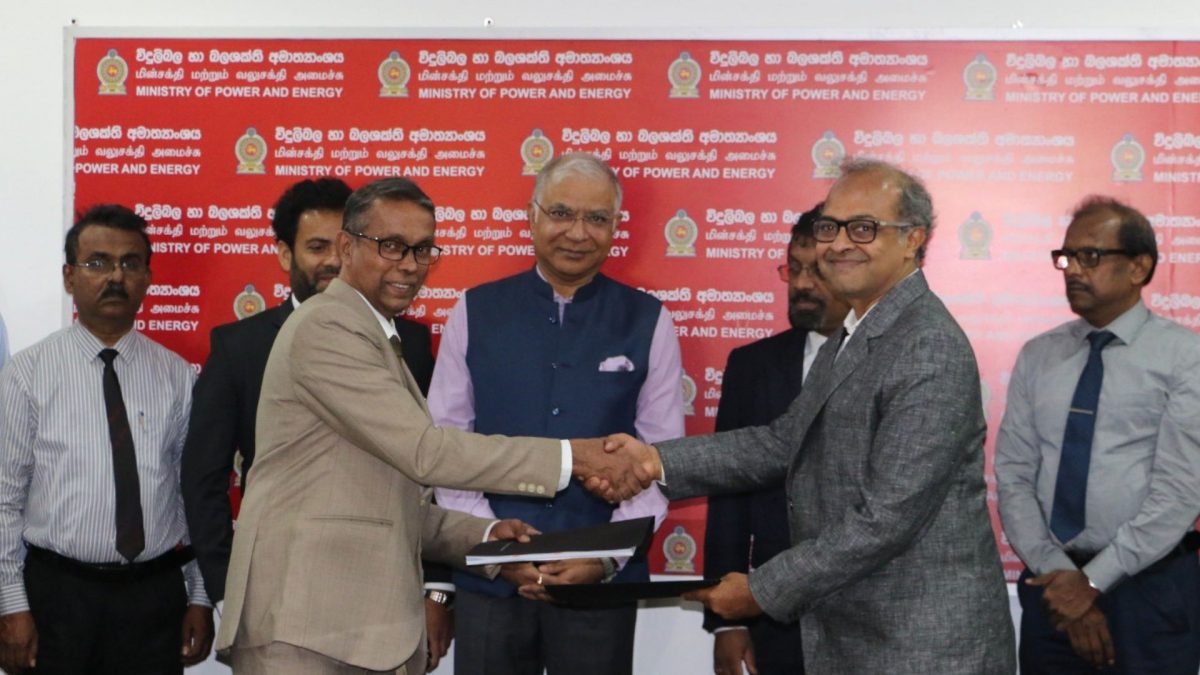There is frenetic speculation on what sort of Cabinet will Narendra Modi choose in order to deliver the big promises he has made to the nation. Normally in a coalition arrangement, as in the case of UPA, the partners were actively consulted and indeed they would make their wish known to the Prime Minister.
This routinely leaked to the media and often such likely appointments would be debated on TV channels, as had happened in the case of telecom minister A.Raja after Manmohan Singh took charge as PM under UPA II. Coalition partners routinely put their claim on certain important ministries. Mamata Banerjee had specifically asked for Railways, a high visibility portfolio from the perspective of the common man. One was also reasonably certain that Sharad Pawar would get Agriculture, given his inclination for that portfolio.
But with Narendra Modi’s thumping electoral victory the Cabinet formation is totally shrouded in secrecy. There are no claimants from among the coalition partners and only Modi knows what sort of Cabinet ministers he will appoint. Of course there is some certainty that top leaders of BJP such as Arun Jaitley, Rajnath Singh, Sushma Swaraj would get some important portfolios.
It is also obvious that Modi will give a major representation to UP and Bihar where BJP has made a huge dent, especially among dalits and backwards. There would be predictable political messaging on these aspects. Modi will take care to give representation to states like Tamilnadu, Orissa and West Bengal, Assam where BJP has shown impressive performance for the first time.
Though the media is incessantly speculating on the names of Cabinet ministers, the real surprise will be in terms of the structure of administration that Modi places at the top. A hint of this came from Arun Shourie who has said Modi may have a quasi Presidential style governance structure at the PMO. This is interesting because the BJP consciously ran a presidential style campaign and the vote was projected as a referendum on Modi. It is natural that this is followed up with a somewhat US Presidential style working arrangement at the PMO level. What could this be like?
Simply put this means Modi will have a very strong PMO with key persons driving policies on the economy, foreign policy and national security. The policies will be fleshed out and then handed over formally to the Cabinet Ministers concerned, whether finance, defence, commerce or home for implementation. Modi may directly consult the Cabinet ministers before the details of policy are fleshed out and then it is pushed hard at the political level with full backing given to the bureaucrats to implement.
This arrangement somewhat takes away the independence presently enjoyed by the Cabinet ministers and the top bureaucrats working under them. Of course you wont have a situation like Jiaram Ramesh writing a letter to the PM disagreeing with him on environment clearance or Kamalnath writing to Planning Commission to refrain from interfering in the award of road projects, or the Home Minister disagreeing with the UIDAI authority on how to go about covering the population for granting unique identity numbers!
Under the Modi arrangement, the PMO officials might be experts from the outside or former bureaucrats with special skills, who will guide the government. It may be recalled that during the NDA regime we had a very strong Principal Secretary in Brajesh Mishra. Mishra had tried to set up a Special Management Group(SMG) to drive policy and direct other ministries. That scheme had got sabotaged because both Vajpayee and Mishra did not have the full backing of the then RSS leadership which accused Mishra of creating an extra constitutional authority. This time the RSS may support such an authority under Modi. The RSS has fully owned Modi and his stunning victory. So the PMO this time will have unhindered powers.
In a way, one can imagine that under Modi’s Presidential style of policy making every detail will be fleshed out between the PM and concerned ministers, and the passing of the decision at the Cabinet will be a mere formality. For instance, the big ideas in the Union budget will be decided by the PM and the FM will work on the details with the help of the tax department and expenditure division. In UPA II, Manmohan Singh hardly gave any big ideas of his own for budget making and Pranab Mukherjee would finalise the draft budget and send it , as per protocol, to the PM for his clearance.
Manmohan Singh, even if he disagreed with some provisions, like retrospective taxation, perhaps chose not to intervene. In Narendra Modi’s government the flow will be reversed. All big ideas will flow from the PMO which will have the strongest secretariat possibly since the days of Indira Gandhi.


)




)
)
)
)
)
)
)
)